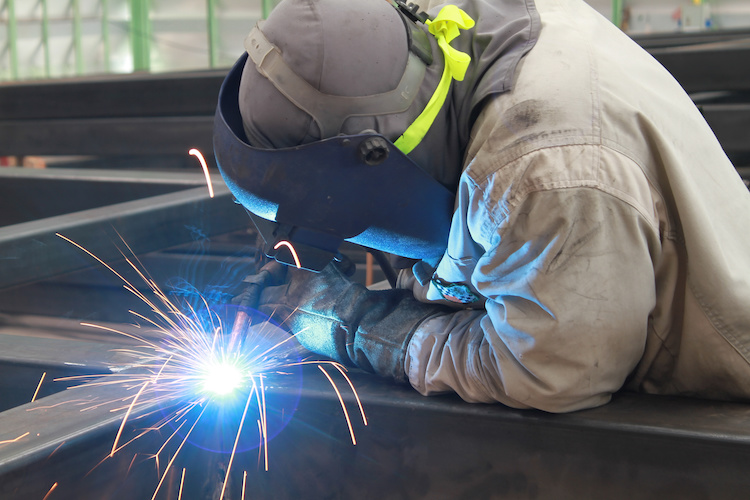
Industrial steel fabrication plays a crucial role in various sectors, providing the backbone for the construction, manufacturing, and automotive industries. In this article, we will explore the process, applications, advantages, and challenges associated with industrial steel fabrication. From its definition and importance to the intricate techniques involved, this article aims to provide an in-depth understanding of this essential manufacturing process.
Process of Industrial Steel Fabrication
To understand industrial steel fabrication fully, let’s explore the key steps involved in the process.
1: Planning and Design
Before the fabrication process begins, meticulous planning and design are essential. This phase involves conceptualizing the structure, determining the required steel components, and creating detailed engineering drawings. It is crucial to consider factors such as load-bearing capacity, safety regulations, and project timelines during this stage.
2: Material Selection
Once the planning phase is complete, the appropriate steel materials are selected for the project. Factors such as strength, corrosion resistance, and cost-effectiveness are taken into account. Commonly used steel materials include carbon steel, stainless steel, and alloy steel, each with its unique properties suited for specific applications.
3: Fabrication Techniques
Industrial steel fabrication employs various techniques to shape and assemble the steel components. These techniques include cutting, welding, bending, drilling, and machining. Advanced machinery, such as computer numerical control (CNC) machines, enhances precision and efficiency during the fabrication process. Skilled welders and fabricators ensure the components are accurately measured, cut, and welded to meet the project specifications.
Applications of Industrial Steel Fabrication
The versatility of industrial steel fabrication allows its application in multiple industries.
1: Construction Industry
In the construction industry, industrial steel fabrication is indispensable for creating robust structural frameworks, including beams, columns, and trusses. Steel’s high strength-to-weight ratio makes it ideal for constructing skyscrapers, bridges, stadiums, and warehouses. Additionally, steel fabrication enables the production of pre-fabricated components that expedite construction timelines.
2: Manufacturing Sector
The manufacturing sector relies on industrial steel fabrication to produce machinery, equipment, and industrial tools. From large manufacturing plants to intricate production lines, steel fabrication provides the necessary support structures and components. This process ensures the durability and longevity of the equipment, enhancing productivity and efficiency in manufacturing operations.
3: Automotive Industry
In the automotive industry, industrial steel fabrication contributes to the production of vehicle frames, chassis, and other components. Steel’s exceptional crashworthiness, combined with its lightweight properties, enhances passenger safety while maximizing fuel efficiency. Additionally, steel fabrication allows for customization, enabling manufacturers to design vehicles with unique features and aesthetics.
Advantages and Challenges of Industrial Steel Fabrication
Advantages
Industrial steel fabrication offers several advantages that contribute to its widespread use in various industries. These advantages include:
- Strength and Durability: Steel structures exhibit exceptional strength and durability, withstanding harsh environmental conditions and heavy loads.
- Versatility: Steel can be fabricated into a wide range of shapes and sizes, allowing for customized designs and precise engineering.
- Sustainability: Steel is a recyclable material, contributing to sustainable practices and reducing environmental impact.
Challenges
While industrial steel fabrication offers numerous benefits, it also presents certain challenges. These challenges include:
- Specialized Skills and Equipment: Successful steel fabrication requires skilled professionals and specialized machinery, increasing the complexity and cost of the process.
- Quality Control: Ensuring consistent quality across all fabricated steel components is crucial, requiring stringent quality control measures.
Conclusion
Industrial steel fabrication is a vital process that brings architectural and engineering visions to life. Through meticulous planning, material selection, and advanced fabrication techniques, steel structures and components are transformed into reality. The applications of industrial steel fabrication span various industries, from construction and manufacturing to the automotive sector. While it offers numerous advantages, the process also comes with certain challenges that must be carefully managed.



